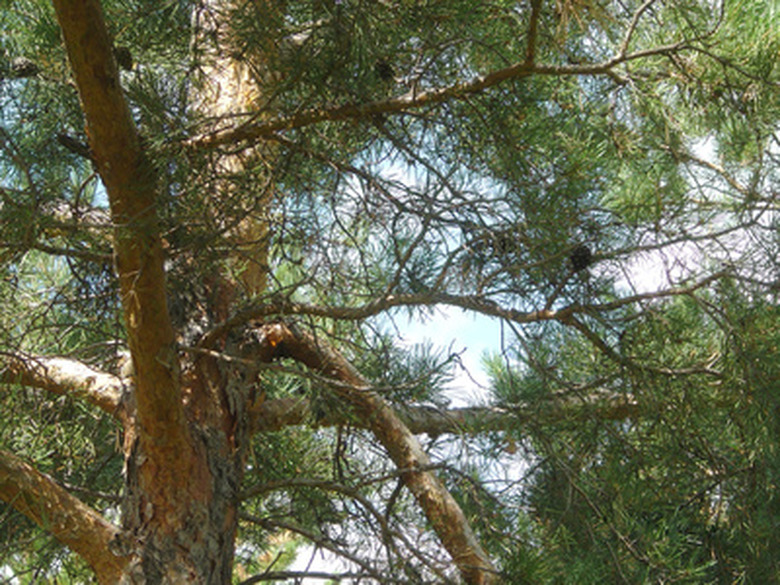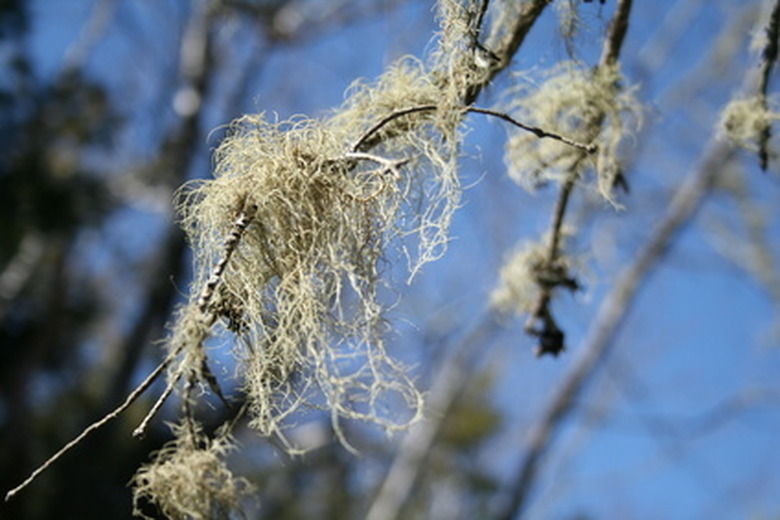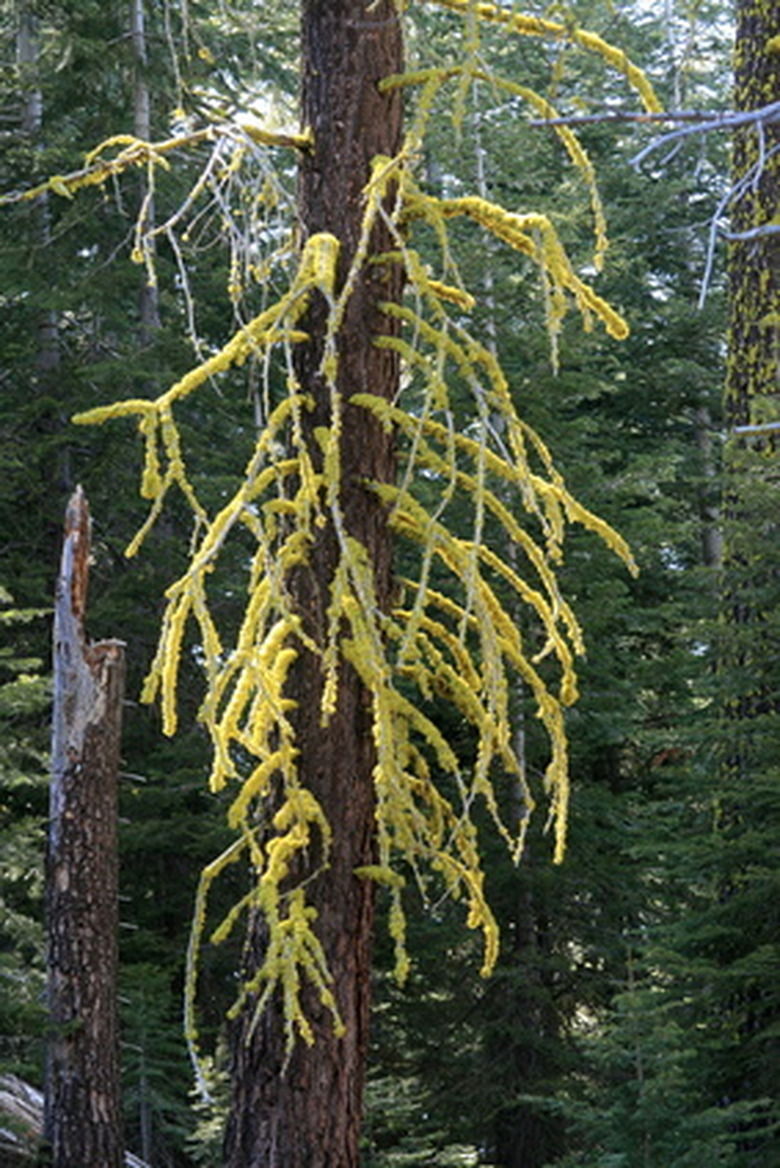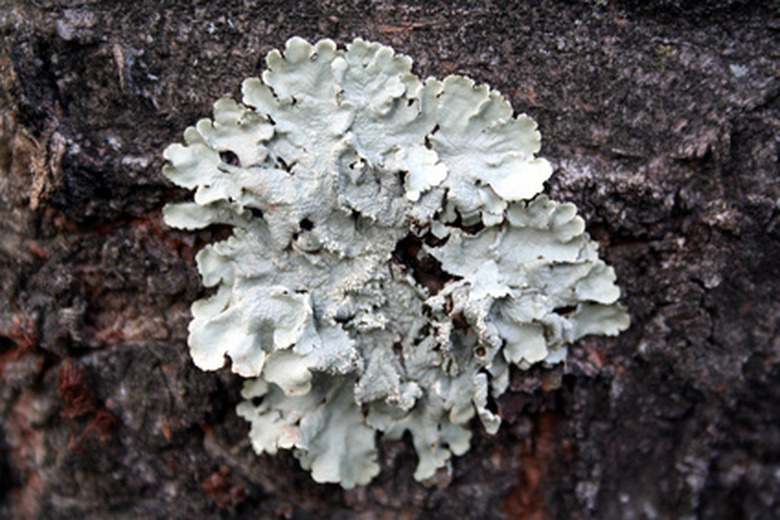Lichens That Grow On Pine Trees
Lichens and pine trees seem to go hand in hand–it's rare to see a pine tree of any kind that doesn't have some sort of lichen growing on it. There are a number of different varieties of lichens, which usually attach themselves to a particular type of coniferous host.
Black Moss (Bear Hair)
Black moss is one of the most distinctive types of lichen. With long, fibrous strands ranging in color from reddish-brown to chocolate brown, it is easily identifiable and very edible.
The lichen, which grows on the Douglas fir, the larch, the lodgepole pine and the ponderosa pine is a matted mass of entwined strands that can be harvested and eaten at any time of the year. Black moss can be boiled and eaten as a side to a meat dish, dried and preserved, or even cooked into a soup. It's rare to see it harvested and eaten now, but it was an important part of emergency foodstuffs for some of the first inhabitants of the Americas; so important that it had its own mythology attached to it. It was originally thought to be hair from Coyote, created to be food for the people who would follow him.
- Lichens and pine trees seem to go hand in hand–it's rare to see a pine tree of any kind that doesn't have some sort of lichen growing on it.
- The lichen, which grows on the Douglas fir, the larch, the lodgepole pine and the ponderosa pine is a matted mass of entwined strands that can be harvested and eaten at any time of the year.
Wolf Moss
Wolf moss is another easily identifiable type of lichen, with its long, branchlike structure and colors that range from bright yellow to dull ochre. It is found on a number of different species of pine, as it is more particular about finding a dry climate to take up residence than it is about finding a particular tree. Unlike other lichens, wolf moss thrives in the sun, and is rarely found beneath forest canopies.
Wolf moss is another lichen that had a very practical application. Because of its unique colors, it was often used to make yellow dye. In addition, it was also used to make poison. It was from one of the uses for this poison that its name was derived, as it was often mixed with glass and meat before being fed to wolves in an attempt to cleanse an area of the wolf population.
- Wolf moss is another easily identifiable type of lichen, with its long, branchlike structure and colors that range from bright yellow to dull ochre.
Kidney Lichen
Kidney lichen take their name from the distinctive shape of structures found under the main lobes of the lichen. These structures are kidney-shaped, and are found on the different types of kidney lichen such as arctic kidney lichen and pimpled kidney lichen. These different varieties are distinguished by different colors, ranging from yellow and orange to dull grays and browns. All can be found in old-growth coniferous forests. These lichens grow on the trunks of pine trees as well as on fallen logs and on the forest floors. They prefer humid, moist environments.



